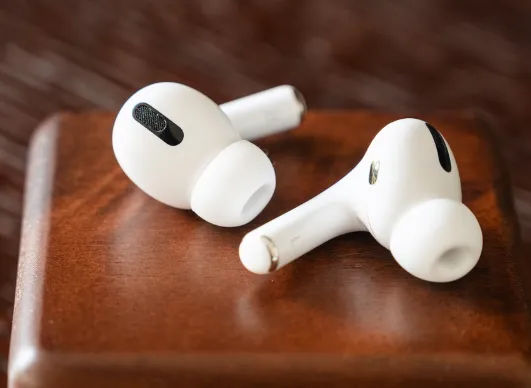Apple is preparing to roll out a major health-focused feature for the AirPods Pro 2: a clinically validated hearing test. Expected to arrive with the release of iOS 18.1 at the end of October 2024, this update will allow users to assess their hearing directly through their earbuds, making hearing health checks more accessible than ever.
A New Approach to Hearing Checks
The upcoming test is designed to be interactive and adaptable. Users respond to different tones by pressing a button whenever a sound is detected, with each test session offering randomized tones and sequences. Because the test can be repeated multiple times with varying patterns, it provides more nuanced insights into hearing ability. Early reviewers have described the experience as surprisingly emotional, particularly for those who may be learning about their hearing challenges for the first time.
Why It Matters
Untreated hearing loss is often linked to issues such as social withdrawal and even cognitive decline. Health experts have praised Apple’s move, noting that early detection can play a key role in preventing these outcomes. By embedding a hearing assessment directly into a device many people already use daily, Apple is lowering the barrier for users to take proactive steps toward protecting their hearing.
Points of Concern
Despite its promise, the feature does come with limitations. The test requires a quiet setting, which may not be convenient for everyone. In addition, while the AirPods Pro 2 are sleek and powerful, their small design may pose usability challenges for older adults who are more likely to need hearing assistance. Frequent charging compared to traditional hearing aids is another trade-off that reviewers have pointed out.
Blending Health and Everyday Tech
The addition of a hearing test to AirPods Pro 2 reflects Apple’s broader push to integrate meaningful health tools into consumer technology. By turning earbuds into medical-grade devices, Apple is taking a bold step in merging everyday convenience with essential health care functions. For many users, this could be more than just a software update—it may represent an early lifeline to better long-term hearing health.
